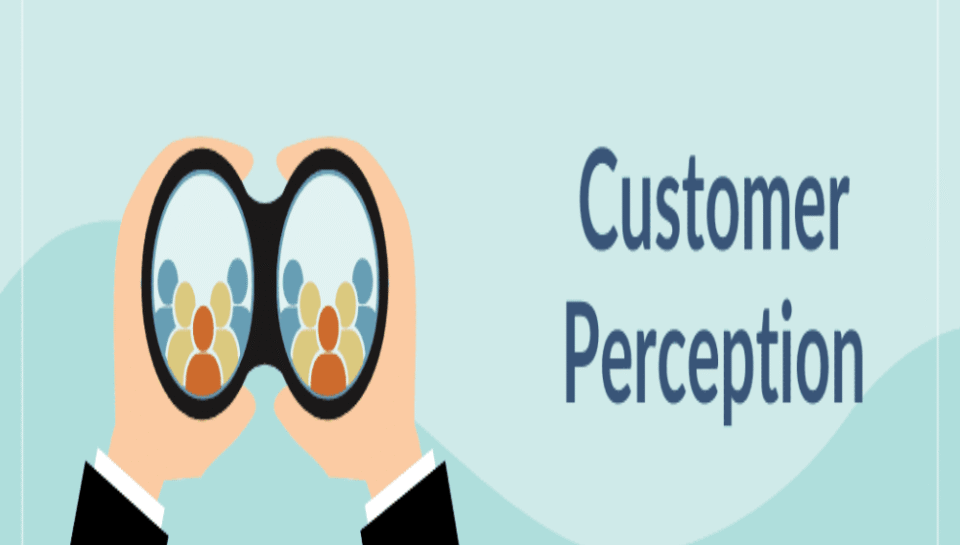
Explain how branding design affects customer perception
Introduction
In a world where first impressions are formed in seconds, branding design plays a decisive role in shaping how customers perceive a business. From the color of a logo to the layout of a website, every design element communicates something about the brand’s identity, values, and credibility. Customers don’t just see design—they feel it, interpret it, and judge a brand’s worth based on it. As such, branding design is not merely an artistic choice, but a strategic tool for influencing consumer behavior and establishing long-term trust.
First Impressions and Visual Appeal
A well-crafted brand design creates a positive first impression. Customers often judge a brand’s professionalism, reliability, and relevance within the first few seconds of encountering it. Clean layouts, quality visuals, and balanced color schemes convey competence, while poor or outdated designs can cause immediate disinterest or distrust.
Communicating Brand Values
Design is a powerful medium for expressing a brand’s values. For example, sustainable brands may use earthy tones and natural textures, while tech companies might favor sleek, minimalist styles. These visual cues help customers quickly understand what the brand stands for and whether those values align with their own.
Influencing Emotional Response
Colors, typography, and imagery all evoke specific emotions. Warm colors can create a sense of energy and excitement, while cool colors can evoke calmness and trust. Typography styles can feel formal, playful, or modern. Together, these design choices subtly influence how customers feel about the brand, shaping their overall perception and willingness to engage.
Building Trust and Credibility
Consistency in branding design across platforms—packaging, website, social media, and print—reinforces a sense of reliability. Customers are more likely to trust brands that maintain a cohesive identity. Design clarity and visual professionalism signal attention to detail and business stability.
Differentiating in a Competitive Market
In saturated industries, standout branding design helps companies distinguish themselves. Unique visuals, bold identities, and memorable graphics enable customers to recognize and remember the brand more easily. A distinct visual identity reinforces brand recall and increases the chances of repeat engagement.
Supporting Brand Storytelling
Design complements storytelling by giving it a visual form. Brand narratives are supported through visual metaphors, illustrations, icons, and layouts that guide the user journey. When a brand’s story and design are aligned, it enhances authenticity and deepens customer connection.
Enhancing User Experience
Brand design directly affects how customers navigate and interact with a brand’s content or product. Thoughtful design improves usability, accessibility, and satisfaction. If customers find the design confusing or inconsistent, it can damage their perception—even if the product or service itself is good.
Influencing Purchase Decisions
Perceived value often stems from presentation. High-end branding design can justify premium pricing, while generic or cluttered designs may lower perceived quality. Customers often associate visual excellence with product excellence, making branding design a key driver in conversion and retention.
Conclusion
Branding design is a silent yet powerful communicator that shapes how customers see, feel, and respond to a brand. It influences perceptions of trust, quality, and value—all of which affect purchasing behavior and loyalty. In today’s visual-first marketplace, investing in strategic, consistent, and emotionally resonant design is essential for any brand aiming to make a lasting impact.
Hashtags
#BrandingDesign #CustomerPerception #VisualBranding #BrandIdentity #DesignMatters #BrandTrust #EmotionalBranding #FirstImpressions #BrandConsistency #DesignStrategy #UserExperienceDesign #BrandRecognition #TypographyMatters #ColorPsychology #BrandDifferentiation #VisualCommunication #ProfessionalBranding #MarketingDesign #DesignForTrust #BrandStorytelling #CustomerExperience #PerceivedValue #DesignImpact #BrandLoyalty #ModernBranding





